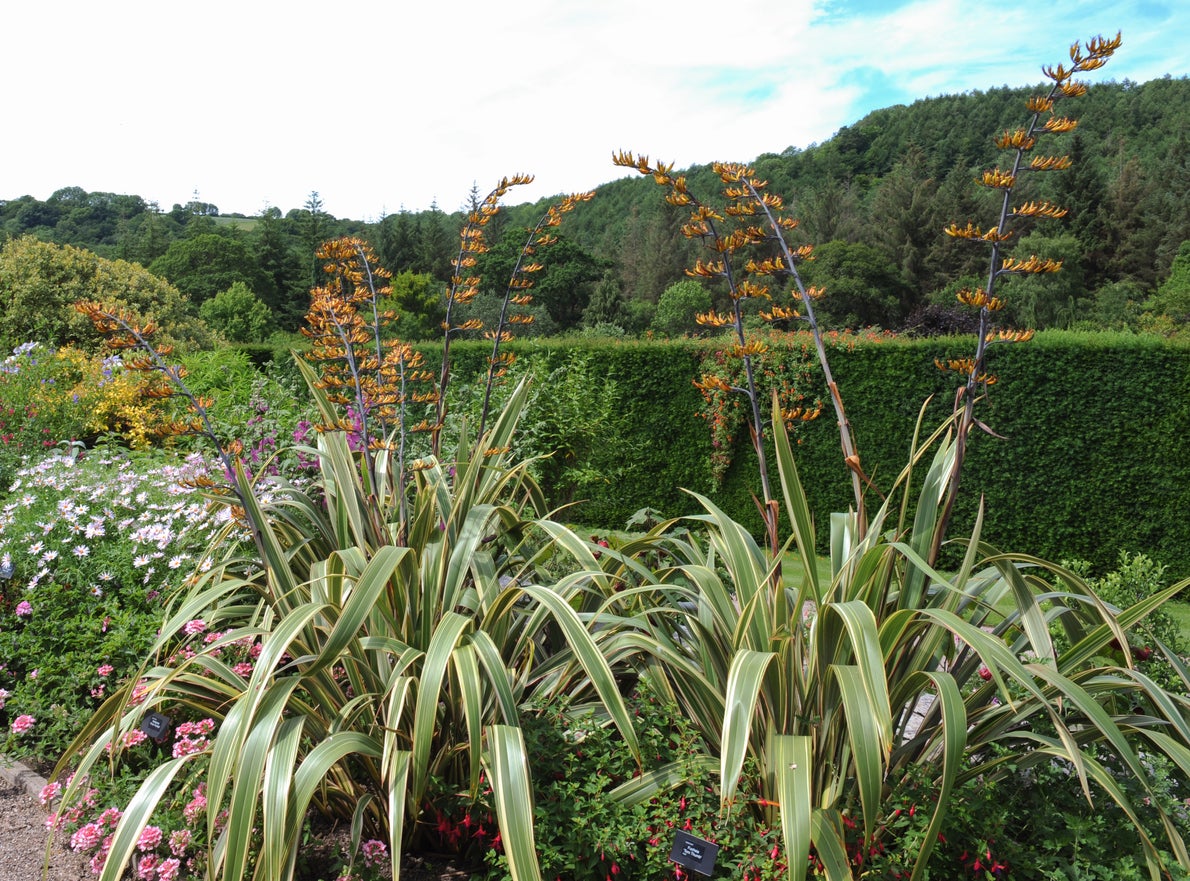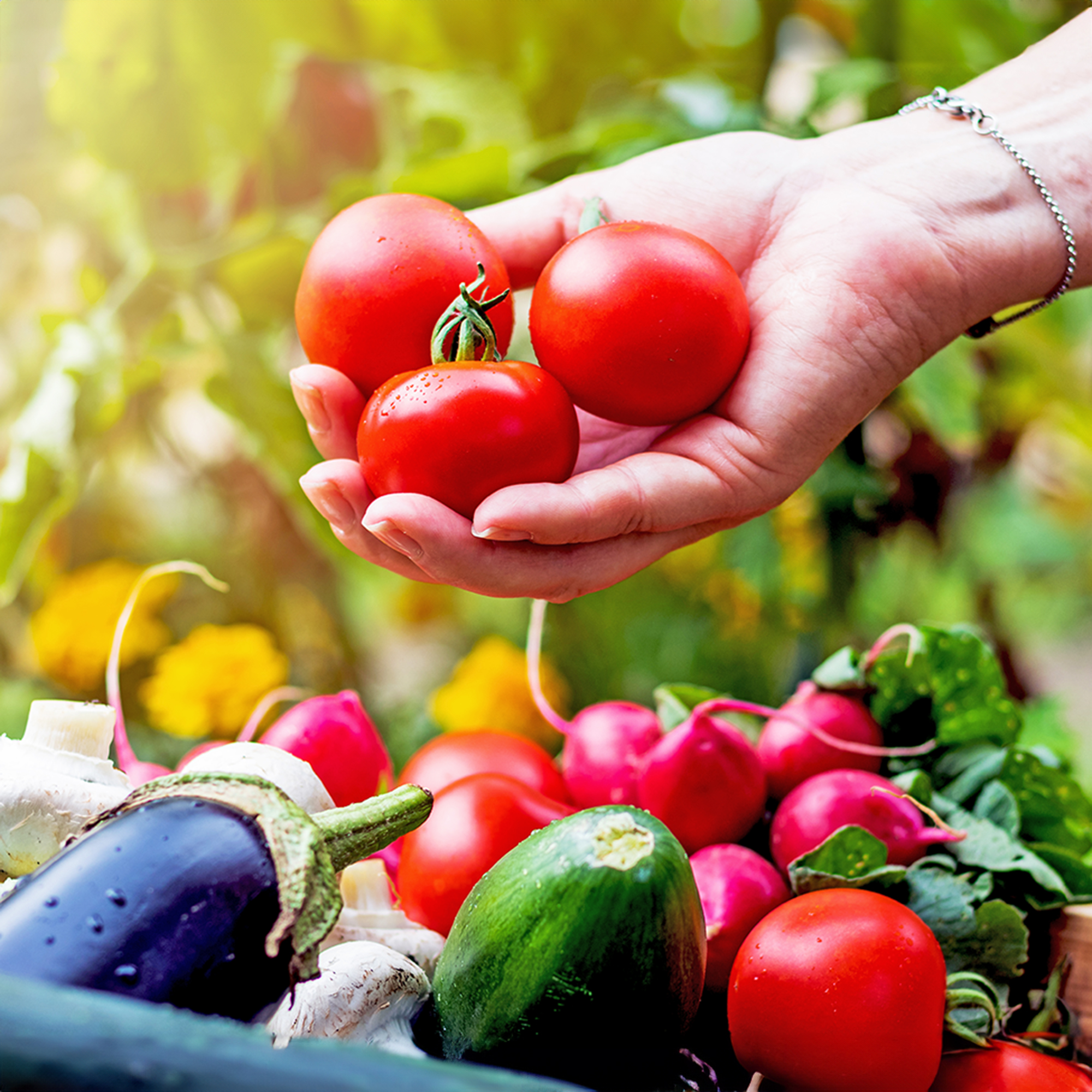New Zealand Flax Plant Information: Tips On New Zealand Flax Plant Care


New Zealand flax (Phormium tenax) was once thought to be related to agave but has since been placed in the Phormium family. New Zealand flax plants are popular ornamentals in USDA zone 8. Their fan-like form and easy growth from rhizomes are excellent accents in containers, perennial gardens, and even coastal regions. Once you know how to grow New Zealand flax, you may be rewarded with 6 to 10 foot (2-3 m.) wide plants with an amazing potential height of 20 feet (6 m.) in perfect conditions.
New Zealand Flax Plant Information
New Zealand flax plants have two main species in cultivation but numerous cultivars. Cultivars exhibit red, yellow, green, burgundy, purple, maroon, and many more foliage colors. There are even variegated flax for exciting foliar contrast. If plants are in warm enough regions, caring for New Zealand flax is a breeze with few insect or disease complaints and hardy establishment. This flax is named for its fibrous leaves, which were once used to make baskets and textiles. All parts of the plant were used with medicine made from roots, face powder from flower pollen, and old blooming stems roped together as rafts. Leaves are keel shaped, coming to a decided point. They can be used as decorative plants in zones 9 to 11 with best growth in zone 8. New Zealand flax plant information indicates that tubular, showy flowers appear on erect stems but only in their native region and rarely in greenhouse care. New Zealand flax plants offer architectural interest but are not winter hardy and should be brought indoors for winter in most climates.
How to Grow New Zealand Flax
New Zealand flax is a slow growing perennial plant. The most common method of propagation is through division and fully rooted specimens are widely available at nursery centers. One of the main requirements this plant has is well-draining soil. Boggy or heavy clay soils will reduce growth and can contribute to rotten stems and rhizomes. The flax tolerates partial sun but will perform better in full sun situations. New Zealand flax attracts birds and is not attractive to deer. It is easy to maintain, drought tolerant when established, and makes a good erosion control. New Zealand flax plant care is minimal once plants are mature, but the flax may suffer damaged and shredded leaf tips in windy and exposed sites.
Caring for New Zealand Flax
Hybrid flax plants are not as durable as the two base species. They require more water and some shelter from hot sunlight, which can burn the leaf tips. They are reliably hardy to 20 degrees F. (-6 C.), but all species can simply be moved indoors in fall to prevent damage. Use a couple of inches (5 cm.) of organic mulch around the root zone to conserve moisture, prevent weeds, and insulate the rhizomes. Occasionally, pruning is necessary where damage has occurred due to sun or cold. Cut off dead and damaged leaves as needed. The flax thrives in poor soils, so fertilization is not necessary, but annual top dressings of finely rotted compost can help add nutrients to the soil and increase percolation. New Zealand flax plant care is easiest to manage in containers in northern climates. Bring the plant inside for winter and gradually reintroduce it to outdoors when ambient temperatures warm in spring.
Gardening tips, videos, info and more delivered right to your inbox!
Sign up for the Gardening Know How newsletter today and receive a free copy of our e-book "How to Grow Delicious Tomatoes".

Bonnie Grant is a professional landscaper with a Certification in Urban Gardening. She has been gardening and writing for 15 years. A former professional chef, she has a passion for edible landscaping.
-
 Which Invasive Shrubs Should You Avoid Growing? Plus, Best Natives To Plant Instead
Which Invasive Shrubs Should You Avoid Growing? Plus, Best Natives To Plant InsteadCertain plants may look lovely but they can wreak havoc to local areas and native wildlife. Here are the key invasive shrubs to avoid – with recommendations on gorgeous native alternatives to try
-
 What Not To Plant With Tomatoes: 8 Bad Neighbors That Could Ruin Your Harvest
What Not To Plant With Tomatoes: 8 Bad Neighbors That Could Ruin Your HarvestNot all companion plants are beneficial – some can sabotage your tomatoes. Find out which ones to keep at a safe distance in the garden.
